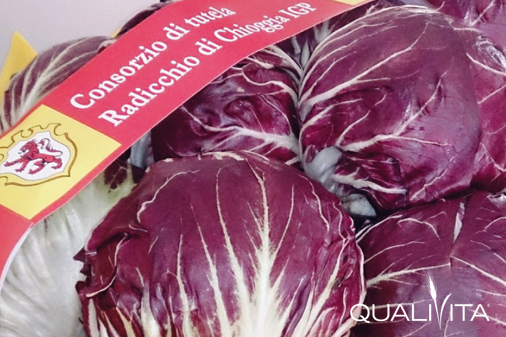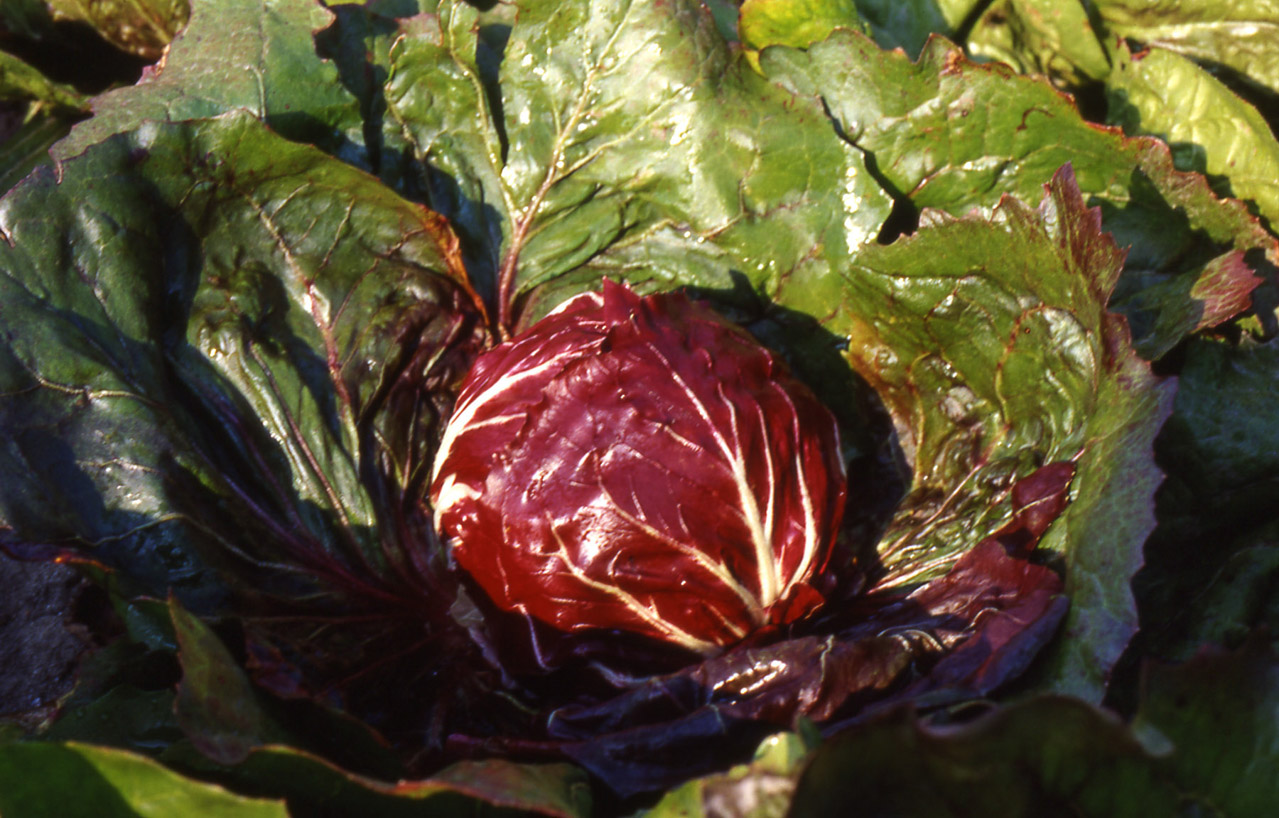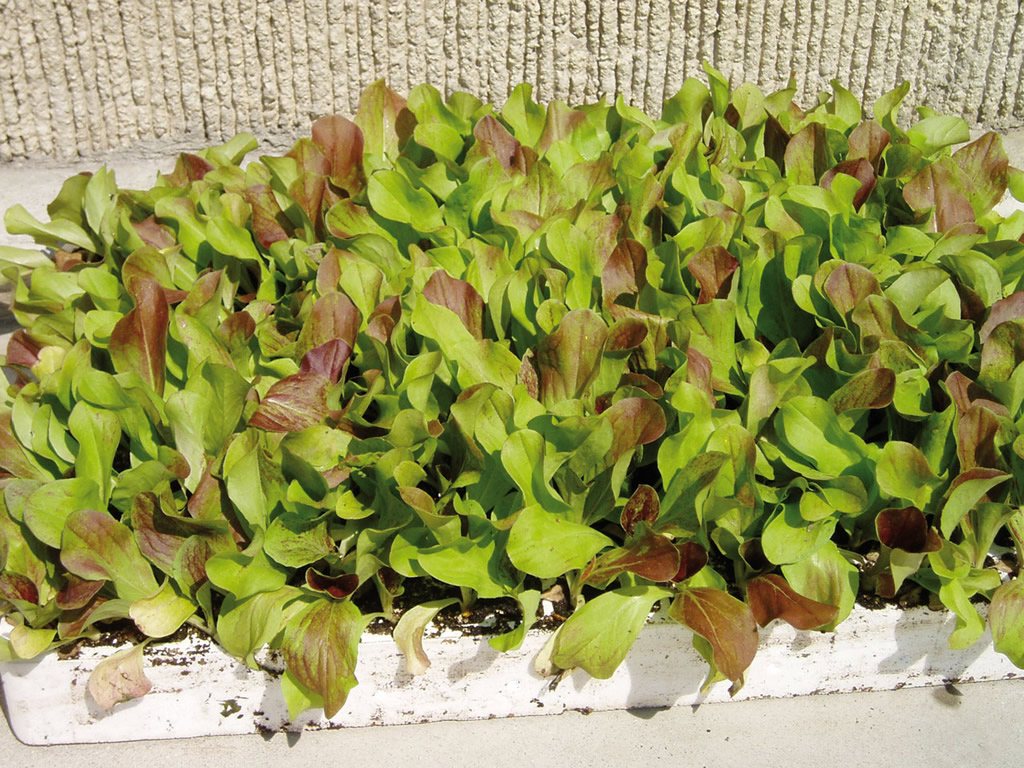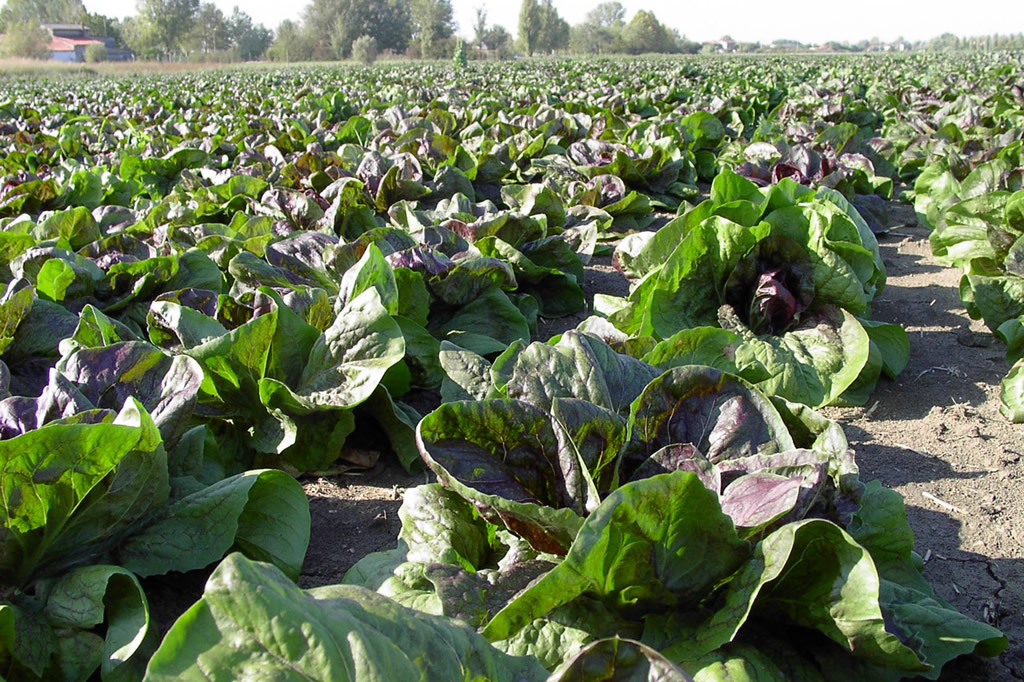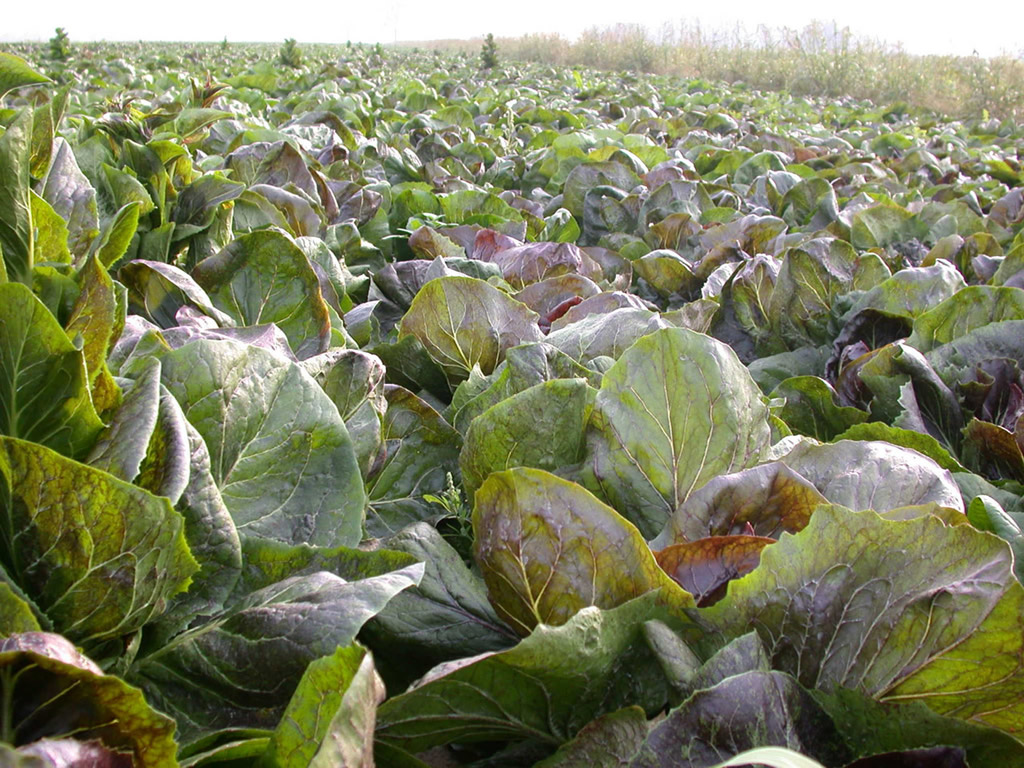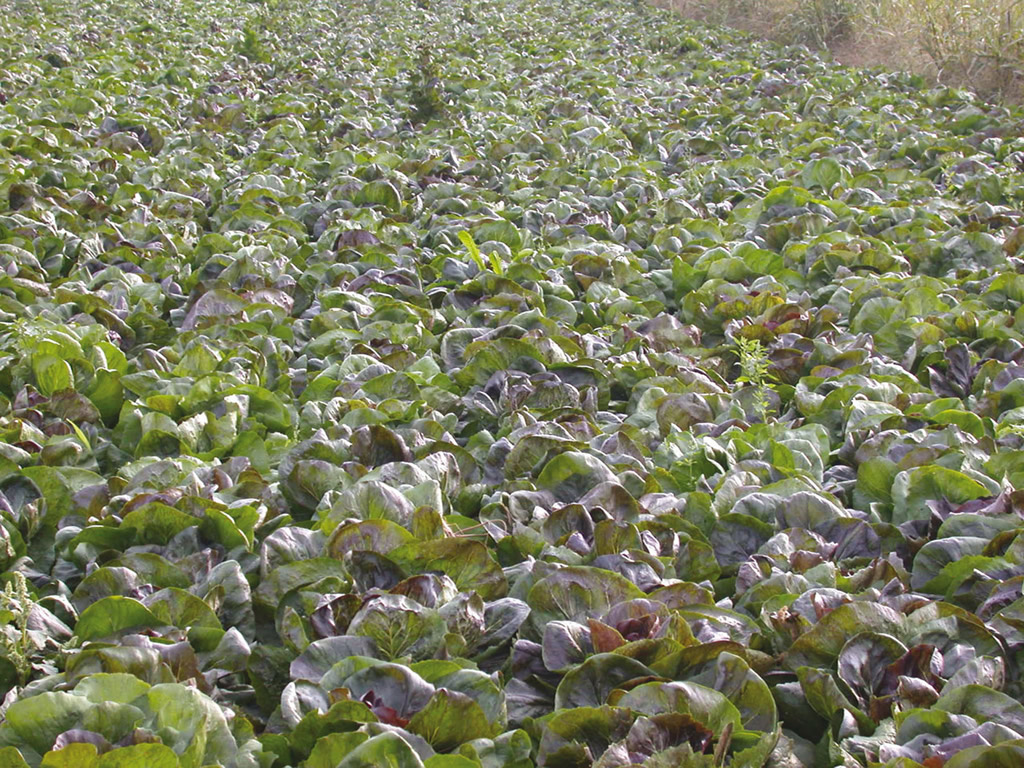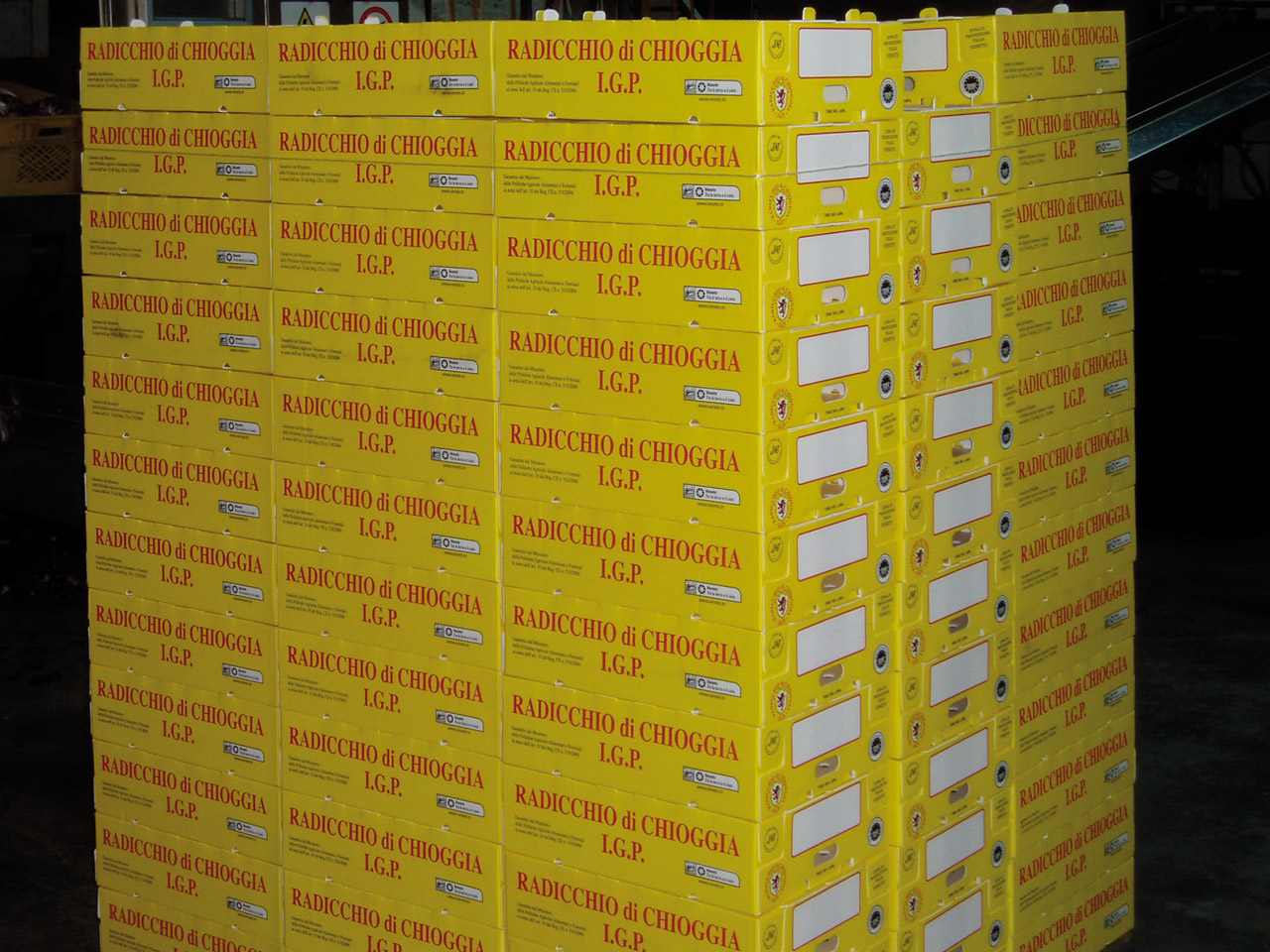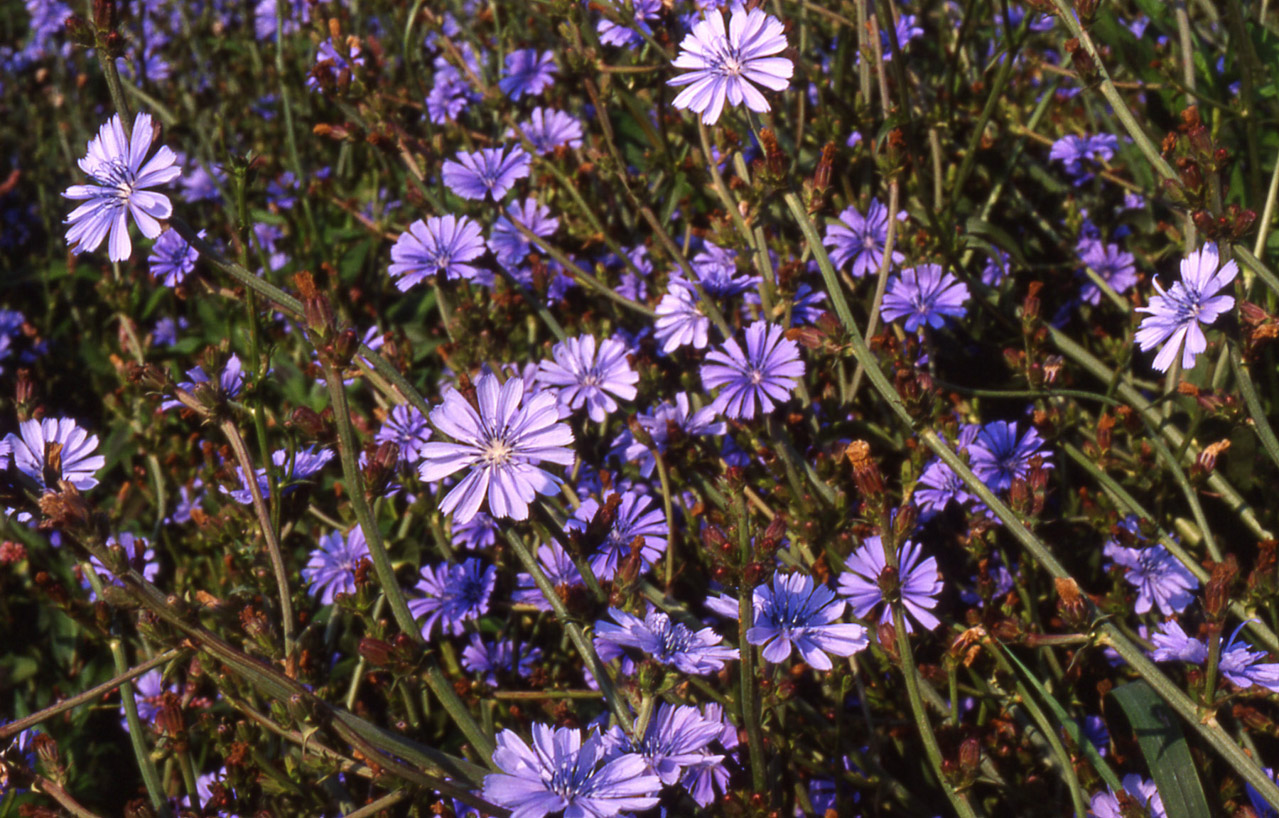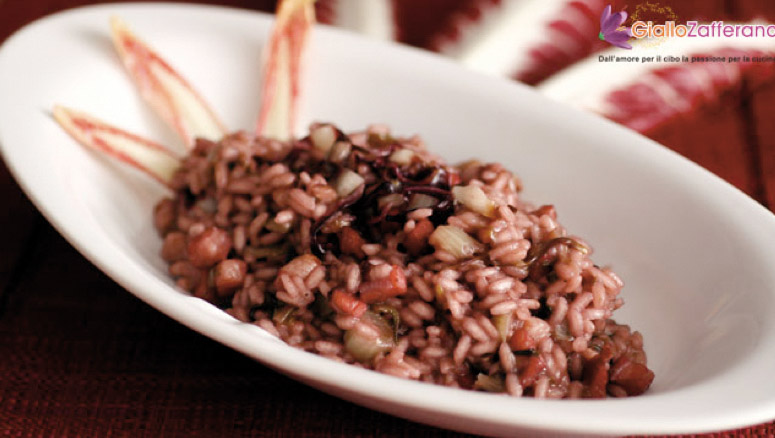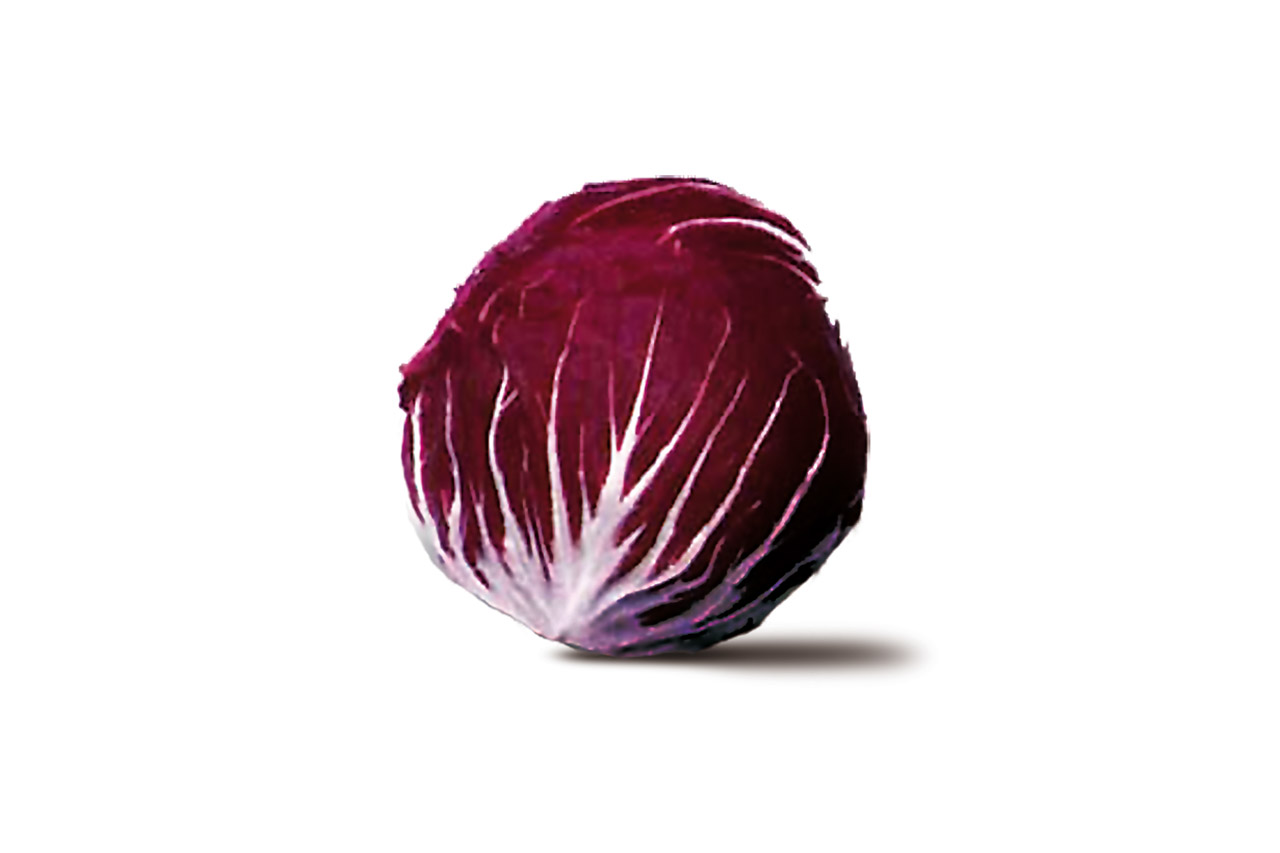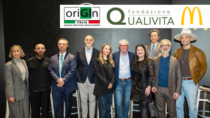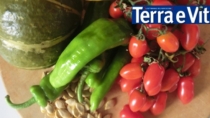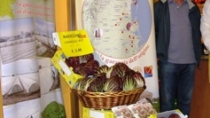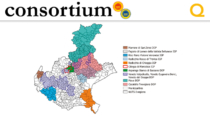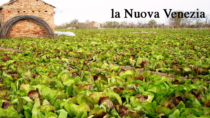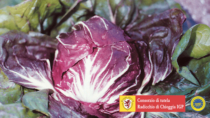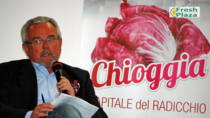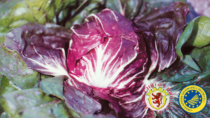Description
Radicchio di Chioggia PGI is a fresh leafy vegetable belonging to the family Asteracee of the species Cichorium Inthybus L., deriving from the Silvestre variety, produced in the following varieties: early-ripening and late-ripening.
Production Area
The production area of Radicchio di Chioggia PGI is within the municipalities of Chioggia, in the Province of Venice, and Rosolina, in the Province of Rovigo, for the early-ripening variety, and in the municipalities of Chioggia, Cona and Cavarzere, in the Province of Venice, Codevigo and Corbezzole in the Province of Padua, and Rosolina, Ariano Polesine, Taglio di Po, Porto Viro and Loreo in the Province of Rovigo, for the late-ripening variety, all of which are in the Veneto region.
Production Method
The seeds are traditionally produced by individual producers whose land falls within the production area. The early-ripening variety is sown in seed-beds from December 1st until April 30th, and directly in the field from the beginning of March; it is harvested between the beginning April and July 15th. The late-ripening radicchio can be sown in seed beds or directly in the field between June 20th and August 15th; harvesting takes place from September 1st to March 15th. Harvesting is carried out by cutting off the root under the insertion of the basal leaves of the heart, generally 2-3 cm under the surface of the soil, when the leaves have formed a compact head. After the first trimming, which takes place within the production area, neither variety must exceed 35 tonnes per hectare. The second trimming and packaging can take place outside the production area, obtaining a maximum of 28 tonnes per hectare.
Appearance and Flavour
Radicchio di Chioggia PGI has a roundish, compact and tightly-closed head weighing between 200 and 600 g. The leaves of the early-ripening variety vary from crimson to amaranth, while that of the late-ripening variety is vivid amaranth. Both varieties have a white central vein, with smaller veins branching off, and a thick root under the neck. The leaves of the early-ripening variety are crunchy and sweet or slightly bitter, while those of the late-ripening variety are medium crunchy and bitter.
History
There is evidence of the area’s horticultural vocation since the 18th century, as demonstrated by maps of the Villa Episcopale and statistics regarding the schools in Podestà di Chiazza (today’s Chioggia). In the monthly notebook of the Istituto Federale di Credito per il Risorgimento delle Venezie (Federal Credit Institute for the Revival of the Venetian Territories) from 1923, radicchio is included in the crop rotation. In 1929, the cultivation technique used to grow radicchios in the lagoon vegetable gardens is described in Cenni di economia horticola by Luigi Pagani and Carlo Gallimberti. Later, in 1935, studies on the new varieties of vegetables and chicory, with reference to radicchio, were part of the research paper Gli orti sperimentali di Chioggia.
Gastronomy
Radicchio di Chioggia PGI is mostly eaten raw, either on its own or in mixed salads. However, thanks to its characteristic pleasantly bitter flavour, it is an ideal ingredient for various types of dishes, such as typical Veneto risottos, non-traditional lasagnas and grilled vegetable side dishes.
Marketing
The product is marketed as Radicchio di Chioggia PGI, in the following varieties: Precoce (early-ripening, available between April 1st and August 31st) and Tardivo (late-ripening, available from September 1st to March 31st). It is sold in heads and as a fourth range processed product, in packaging that ensures a long shelf life. Each packet must have a batch number traceability system for the weight, or packaging with a tamper-evident seal. Products destined for the processing industry can also be sold in crates.
Distinctive Features
Radicchio di Chioggia PGI has many beneficial properties for the organism, even after cooking. Scientific studies have shown that it contains a high level of antioxidants.





